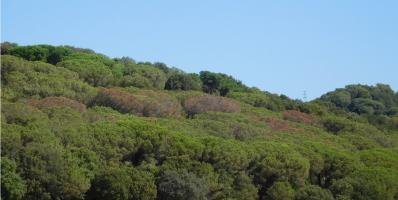PROTEAS
Predicting the distributions of above ground water content, water potential, and biomass of the World's forests
Forests are of central importance in mediating the fluxes of energy, water and carbon that shape the global climate. Our capacity to monitor forest function and health is increasing due to the emergence of microwave remote sensing technology, which can theoretically enable us to detect vegetation water content (VWC) at landscape scales. However, there are two limitations that prevent us from maximally exploiting the microwave remote sensing data:
- The signal, also influenced by biomass and vegetation structure, must be validated against ground-based measurements, but no landscape-scale estimates of VWC based on field data currently exist.
- Our understanding of plant physiological processes is based on water ‘potential’ and not water ‘content’. Thus, we cannot interpret VWC in a context that is directly relevant for understanding plant physiology.
The project will address these issues by:
(i) generating the first global maps of VWC derived from ground-based measurements;
(ii) estimating the typical seasonal variation in VWC and how this relates to vegetation water potential;
(iii) comparing estimates of VWC and seasonal change in VWC with remote sensing data.
The project outputs will result in a major step forward in our ability to monitor ecosystem health, model vegetation-climate feedbacks and manage our natural vegetation communities at global scale.







